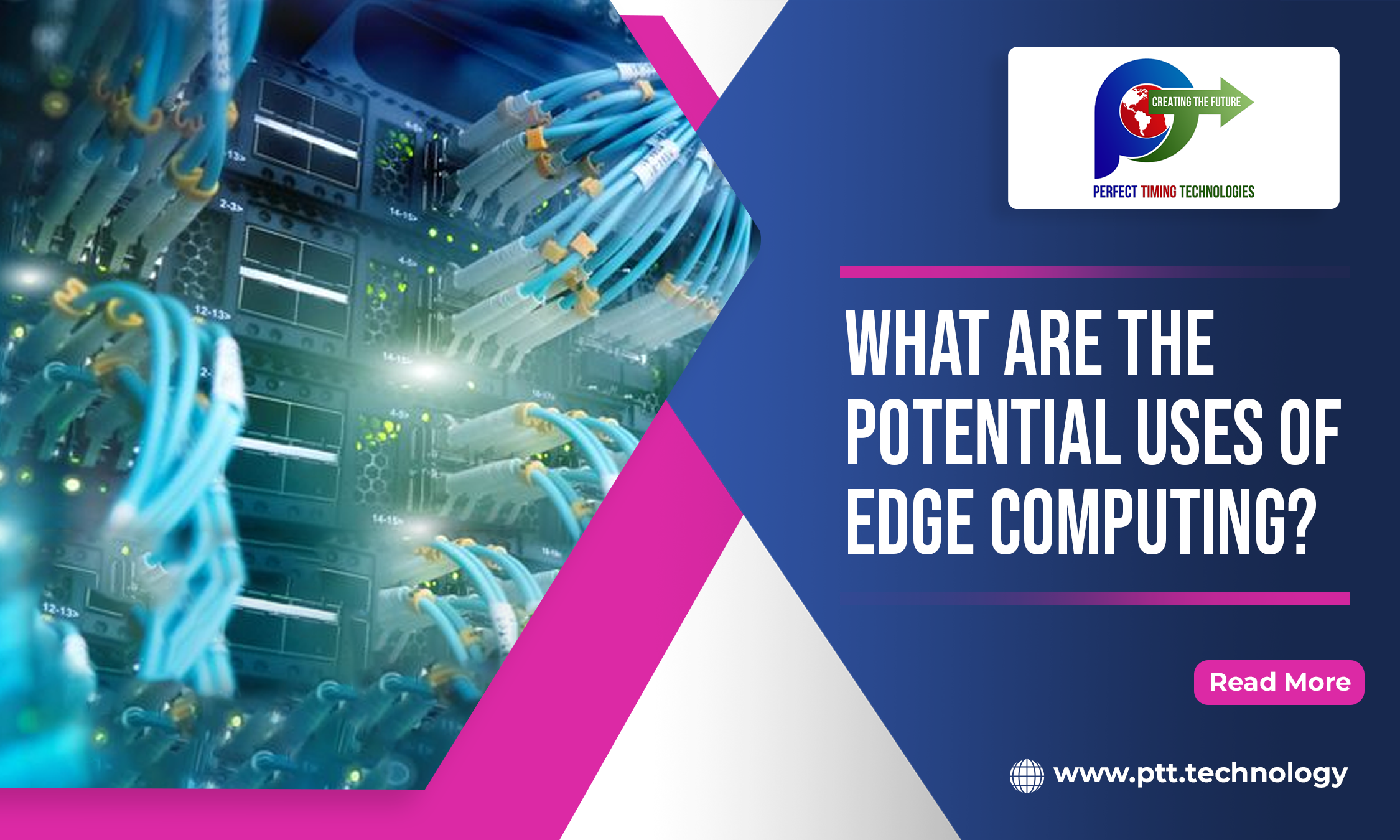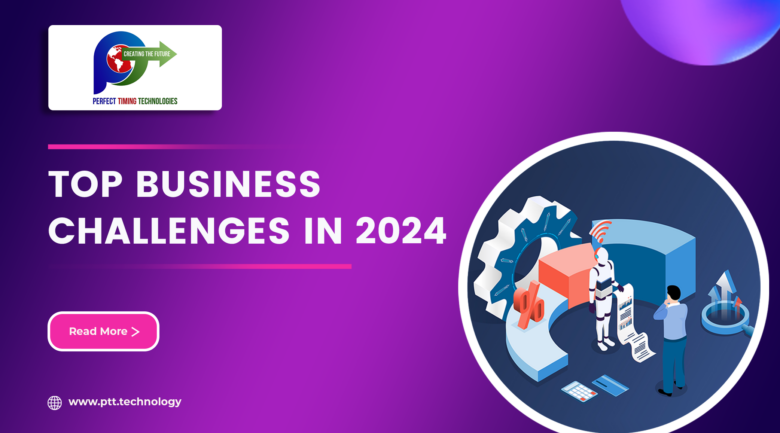
With so many technological advancements now and then, it has become crucial for businesses to keep their operations up-to-date.
Today, we shall deal with another innovation in the world of technology. Edge Computing is gaining popularity in the ever-evolving business landscape.
What is Edge Computing?
Edge computing is a distributed computing paradigm that brings computation and data storage closer to where it is needed, i.e., the “edge” of the network, rather than relying on centralized data centres or the cloud.
In cloud computing, data goes to centralized servers in data centres for processing, and the results return to the user. Contrarily, with edge computing, computation and data storage pushes devices such as routers, switches, gateways, and other hardware geographically closer to the end users or the data source.
The key characteristics and components of edge computing are-
- Real-time Processing: Edge computing allows real-time data processing without significant delays. It is crucial for applications that require immediate responses, such as IoT (Internet of Things) devices, autonomous vehicles, and augmented reality applications.
- Decentralization: Edge computing shifts some computing and storage resources away from centralized data centres, creating a more decentralized network architecture.
- Resilience and Reliability: Edge computing can improve the reliability of applications since local data processing can continue even if there are connectivity issues with the cloud.
- Data Privacy and Security: Edge computing often enhances data privacy and security as sensitive data is processed locally without being transmitted to external servers. It is advantageous to the healthcare, finance, and government sector where data security and privacy are paramount.
Potential Uses of Edge Computing
Edge computing offers numerous potential uses for businesses across various industries. Some of them are as follows-
- Reduced Latency: Edge computing brings computing resources closer to the data source, reducing the time it takes for data to travel back and forth between the device and the cloud. This reduction in latency is crucial for applications that require real-time processing, such as augmented reality (AR) and virtual reality (VR) experiences, online gaming, video streaming, and autonomous vehicles.
- Improved Reliability: By distributing computing resources across the network, edge computing can enhance the reliability of business applications. If a central cloud server experiences downtime, edge devices can continue functioning independently, ensuring critical services remain operational.
- Bandwidth Optimization: Transferring voluminous data to the cloud can strain network bandwidth and increase costs. With edge computing, only relevant or pre-processed data is sent to the cloud, optimizing bandwidth usage and reducing data transfer expenses.
- Internet of Things (IoT) Enablement: Edge computing is essential for supporting various IoT devices. It enables real-time data analysis from these devices, facilitating immediate responses and reducing the need to rely solely on cloud connectivity.
- Offline Functionality: Edge computing enables several applications to operate even when internet connectivity is limited or unavailable. It is helpful in remote locations or scenarios where constant internet access is challenging.
- Cost Efficiency: By offloading some processing tasks to edge devices, businesses can reduce their cloud service costs, as they require less computing power from cloud providers.
- Regulatory Compliance: Some industries, such as healthcare and finance, have strict regulatory requirements that dictate where data can be processed and stored. Edge computing can help businesses comply with these regulations by ensuring data processing occurs locally when necessary.
Final Words
Edge computing is gradually taking over the entire business industry. The primary goal of edge computing is to reduce latency, bandwidth usage, and reliance on remote servers, thus enabling real-time processing and faster response for applications.
So if you have not yet invested in edge computing, contact our expert IT consultants and explore new digital transformation possibilities.







